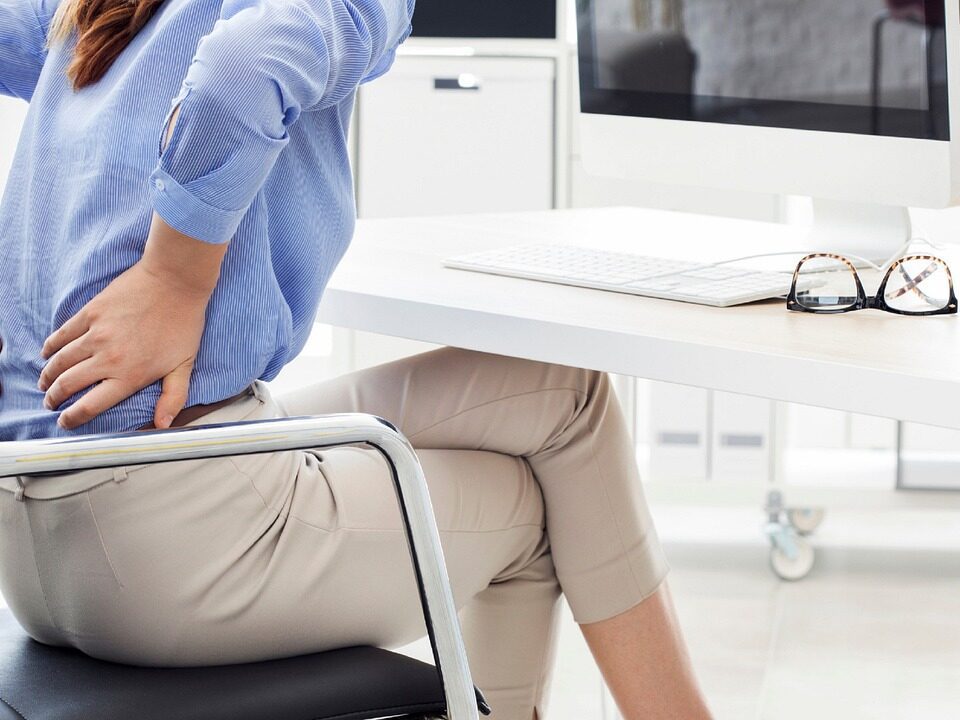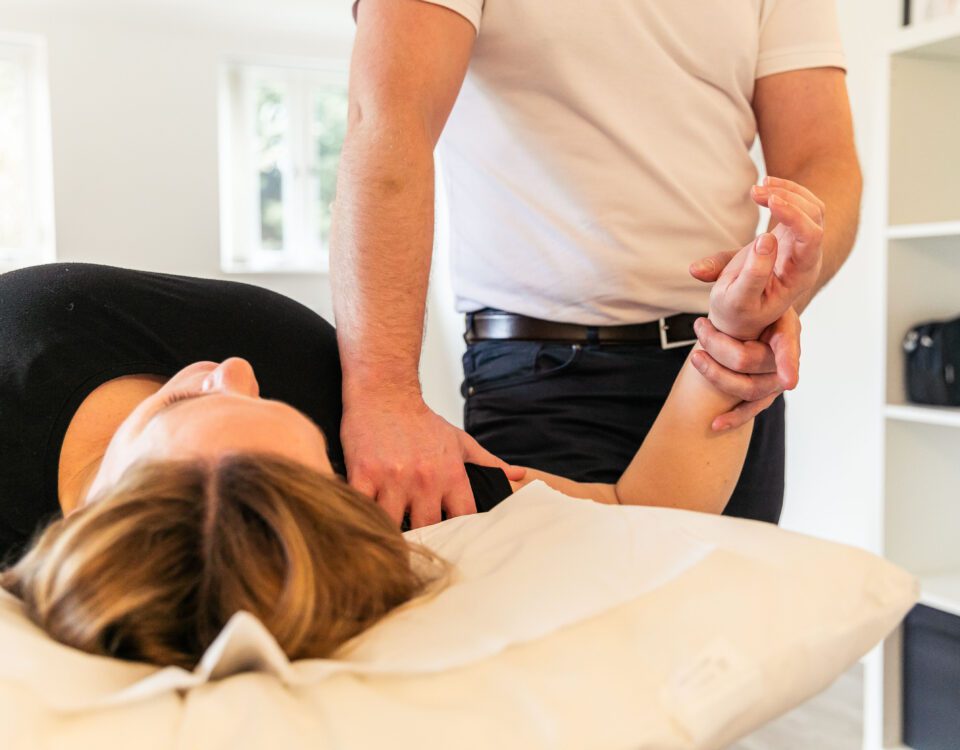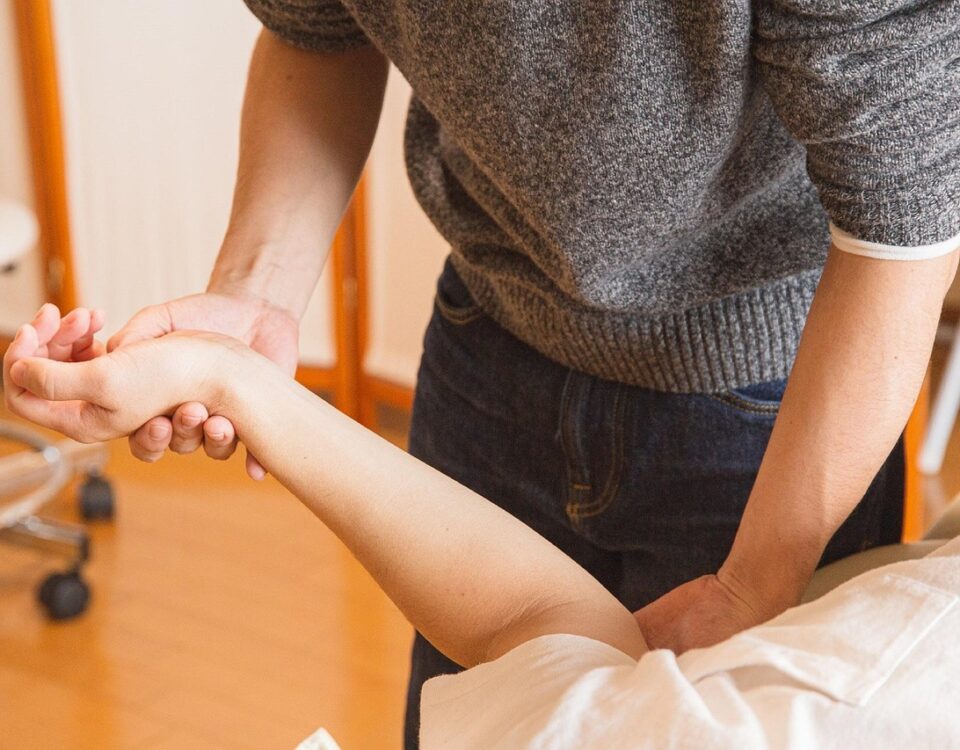
The Ultimate Guide for Recovery After a Half Marathon
16 March 2024
Osteopathy for Golf: Improve Your Swing and Prevent Injury
6 June 2025Posture and Back Pain: Debunking Common Myths
Back pain is a prevalent issue affecting millions of people worldwide, with significant implications for quality of life and productivity. According to the NHS, lower back pain alone accounting for 11% of the total disability of the UK population. Among the many factors believed to contribute to back pain, posture has long been a subject of interest and debate. While conventional wisdom often attributes back pain to poor posture, recent scientific research has shed new light on this relationship, revealing a more nuanced understanding of the complex interplay between the two.
Understanding Posture and Its Impact on Back Pain:
Posture refers to the alignment of the body’s various parts in relation to one another and to gravity. Maintaining good posture involves proper alignment of the spine, pelvis, and limbs, allowing for optimal balance and support. Poor posture, on the other hand, involves deviations from this ideal alignment, which can place excessive strain on muscles, ligaments, and joints, leading to discomfort and pain.
For decades, it was widely believed that poor posture was a primary cause of back pain. However, recent research has challenged this notion, suggesting that the relationship is more complex than previously thought. While certain postural habits can indeed contribute to back pain, they are just one piece of the puzzle.
The Role of Scientific Evidence:
Numerous studies have investigated the link between posture and back pain, with varying results. While some studies have found a clear association between poor posture and increased risk of back pain, others have failed to establish a definitive connection. One meta-analysis published in the Journal of Pain Research examined data from multiple studies and concluded that the evidence linking posture to back pain is inconclusive, highlighting the need for further research in this area.
One of the challenges in studying the relationship between posture and back pain is the multitude of factors that can influence both. For example, individuals with sedentary lifestyles or physically demanding occupations may be more prone to both poor posture and back pain, making it difficult to isolate the effects of posture alone. Additionally, factors such as age, gender, and underlying medical conditions can also impact the relationship between posture and back pain.
Addressing Misconceptions:
Despite the lack of definitive evidence linking posture to back pain, the belief that “bad posture causes back pain” persists in popular culture and even within the healthcare community. This misconception has led to the proliferation of posture-correcting devices, ergonomic furniture, and other products aimed at improving posture and preventing back pain.
While these products may offer some benefits, it’s essential to recognise that addressing back pain requires a comprehensive approach that goes beyond simply correcting posture. Strategies such as regular exercise, osteopathic treatment, ergonomic modifications, and stress management techniques can all play a role in reducing back pain and improving overall spinal health.
Furthermore, focusing solely on correcting posture without addressing underlying muscular imbalances or structural issues may be ineffective or even counterproductive. A personalised approach that takes into account individual biomechanics, lifestyle factors, and medical history is essential for effectively managing back pain.
To get you started here are some basic stretches/movements that may help relieves some of your back pain
Conclusion:
In conclusion, while the relationship between posture and back pain is complex and multifaceted, recent scientific evidence suggests that posture does play a role in spinal health. However, it is not the sole determining factor, and other factors such as muscle strength, flexibility, and lifestyle habits also contribute to back pain risk.
By embracing a holistic approach that incorporates osteopathic care alongside other strategies for managing back pain, individuals can optimise their spinal health and overall well-being. Osteopathic manipulation techniques, combined with education, prevention, and lifestyle modifications, offer a comprehensive solution for addressing posture-related back pain and promoting long-term relief and recovery.
To book a consultation with one of our osteopaths click here.



